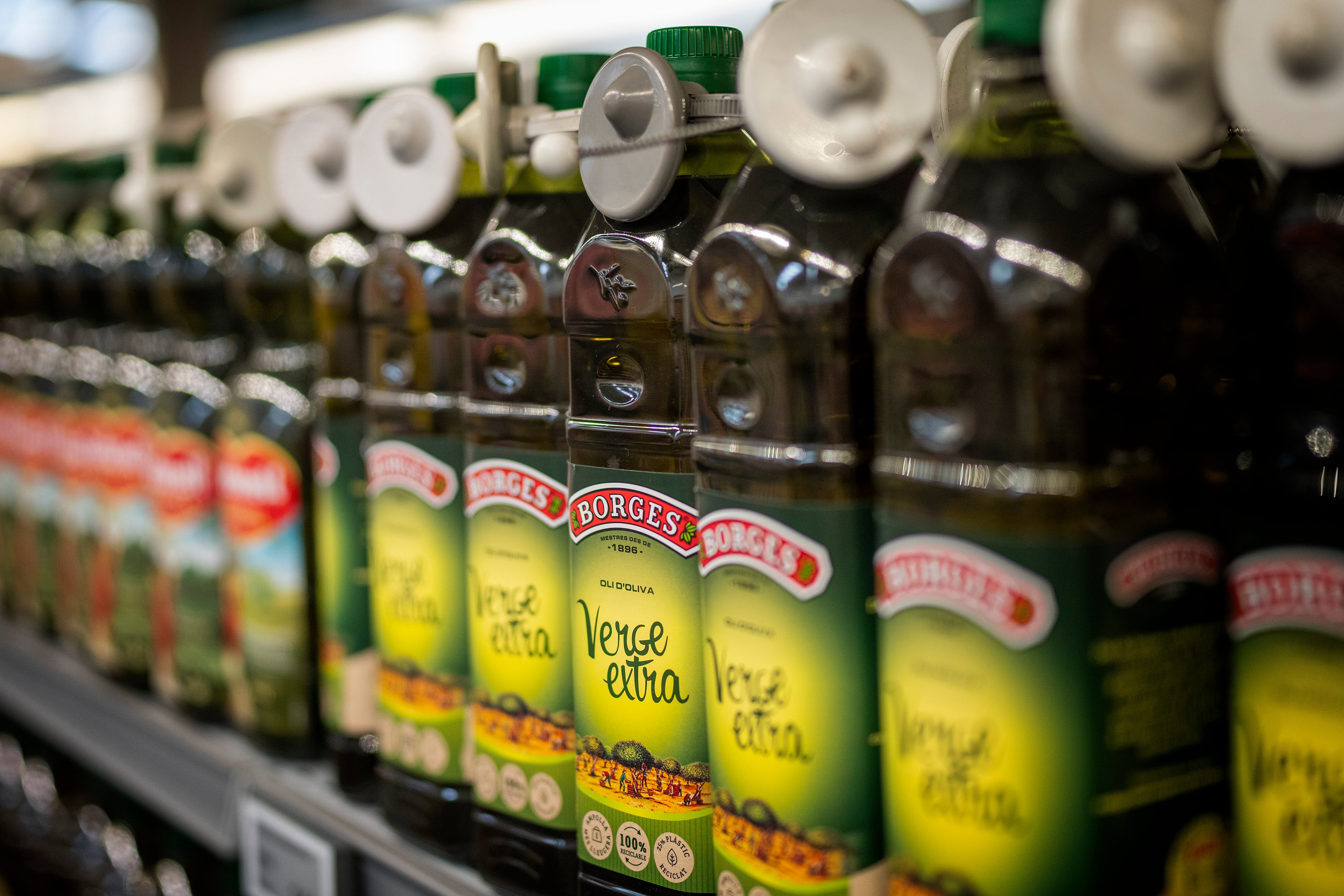
Spain will temporarily eliminate the sales tax on olive oil to help consumers cope with skyrocketing prices, the government said on Tuesday.
Spain is the world’s leading producer and exporter of olive oil, but its cost for domestic consumers has risen dramatically due to global inflationary pressures and a prolonged drought that decimated supplies.
Prices have also surged in other Mediterranean countries.
The price of olive oil has increased by 272% since September 2020, according to Spain’s agriculture ministry. A five-liter bottle of olive oil can cost over 50 euros ($53) at a Spanish supermarket.
Spaniards use olive oil to cook and to garnish sandwiches, salads, vegetables and other dishes. Last year Spanish households consumed on average 6 liters per person, compared to 0.4 liters for international consumers, according to the agriculture ministry. But the rise in prices has made some switch to cheaper cooking oils.

The government had already slashed the sales tax on olive oil from 10% to 5% as part of an anti-inflation package.
No sales tax will be applied to olive oil from July through September, when it will be taxed at 2% until the end of the year. From then on, it will be taxed at 4% and be considered a basic food stuff.
Spanish Treasury Minister María Jesús Montero said the decision reflects “the importance of olive oil in the Mediterranean diet and a healthy lifestyle.”
Greece and Spain have both seen olive oil sales plummet by one-third over the last year, according to industry estimates.

Earlier this year it was revealed One-third of Italians have reduced their consumption of extra virgin olive oil, a mainstay of the Mediterranean diet, due to prices.
Consumers reported cutting back consumption of extra virgin olive oil by at least 30% to as much as half as average supermarket prices have risen from 4 euros to 9 euros a bottle, according to a survey by the Piepoli independent research institute.
Nearly half of those questioned said they were substituting olive oil with cheaper seed oil. The survey of 500 Italian adults had a margin of error of plus or minus 4.4 percentage points.







